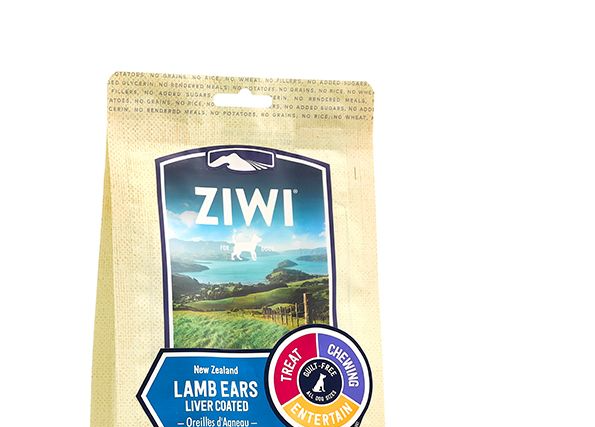Determining the right portion size for your dog is essential to ensuring they maintain a healthy weight and receive proper nutrition. Feeding your dog the correct amount of food helps prevent obesity and ensures they get the nutrients they need for energy and growth. By considering their age, size, activity level, and the type of dog food you are feeding, you can find the perfect portion to keep your dog healthy and happy.
Follow the guidelines on the label
Most commercial dog food brands provide feeding guidelines on the label, which are based on your dog’s weight and age. These guidelines can act as a good starting point for determining portion size. However, these are general recommendations and may not be suitable for all dogs. It’s important to adjust the portions based on your dog’s specific needs, such as their activity level, metabolism, and overall health.
Consider your dog’s size and age
The size and age of your dog are two important factors when determining the right portion size. Puppies, for instance, require more calories per pound of body weight compared to adult dogs because they are growing. Smaller breeds may need fewer calories than larger breeds, but their food portions should still be tailored to their individual energy needs.
Account for activity level
Your dog’s activity level plays a significant role in determining how much food they need. Highly active dogs, such as working or sporting breeds, burn more energy and therefore require larger portions of dog food. Instead, dogs that lead a more sedentary lifestyle, such as senior dogs or dogs with health issues, may require fewer calories to maintain a healthy weight. If you frequently exercise with your dog or engage in activities like running, hiking, or playing fetch, ensure to adjust their portion sizes to reflect their increased energy expenditure.
Monitor your dog’s weight and health
One of the best ways to determine if you’re feeding your dog the right portion size is to monitor their weight and overall health. If your dog is gaining weight, you may need to reduce portion sizes or switch to a lower-calorie food. Conversely, if your dog seems to be losing weight or appearing underweight, consider increasing the amount of food or choosing a higher-calorie dog food. Regular vet checkups are also essential to ensure that your dog is healthy and receiving the right amount of nutrition.



MOST COMMENTED
General
When To Visit A Gum Specialist For Treatment
General
5 Questions to Ask Before Hiring a 3D Animation Company
General
The Importance Of Precision In Aluminium Fabrication
General
What Is The Average Price Of Flats In Dubai?
General
Tips To Choose The Right Scale For Architectural Models
General
How To Determine The Right Portion Size For Your Dog
General
How Dubai Courts Handle Disputes Over DIFC Wills